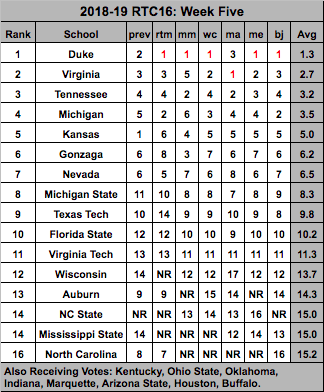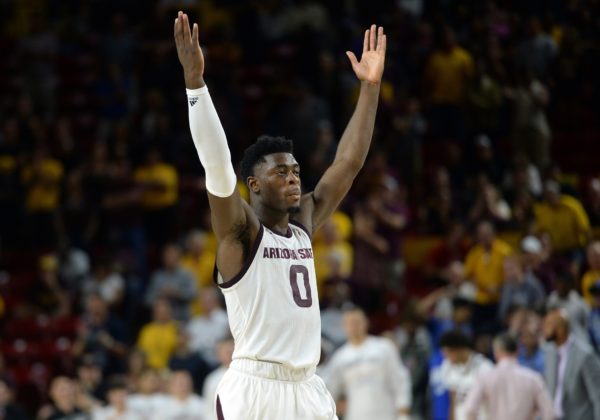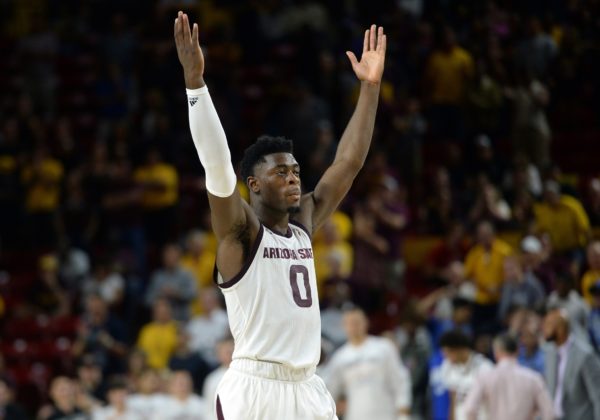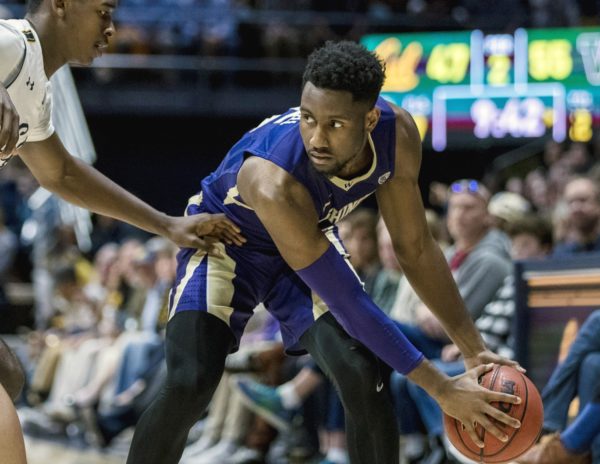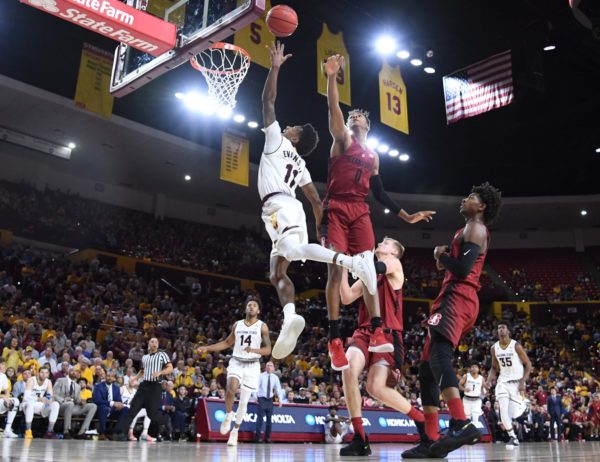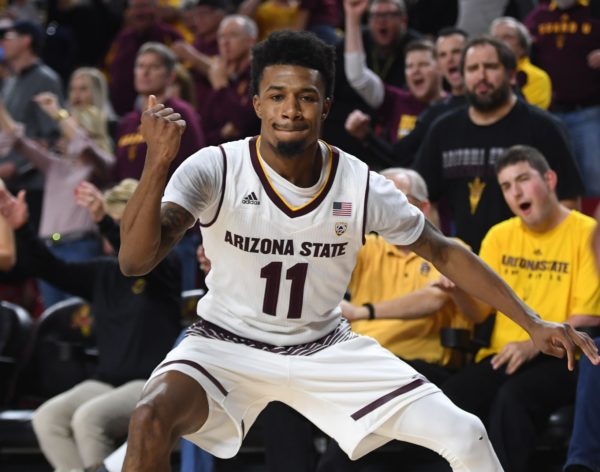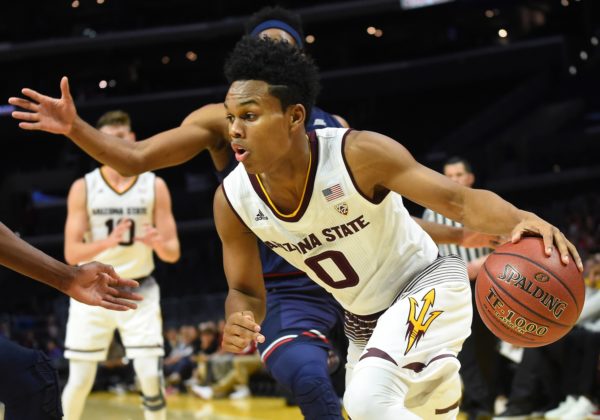Posted by Adam Butler & RJ Abeytia on March 14th, 2018
With the Pac-12 already off to an inauspicious start given UCLA‘s First Four loss to St. Bonaventure, Pac-12 microsite writers Adam Butler (@pachoopsAB) and RJ Abeytia (@rj_abeytia) break down the burning questions facing Arizona, Arizona State and the rest of the conference.
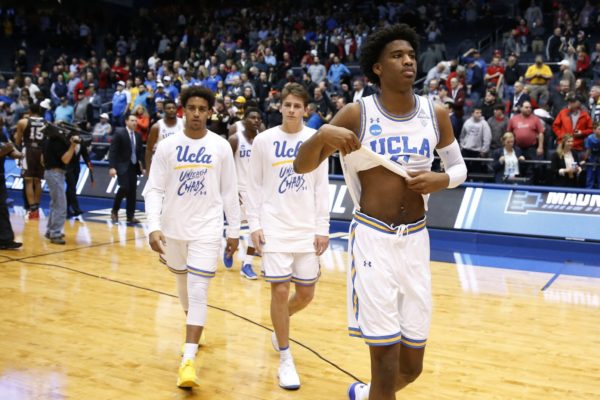
It’s Been That Kind of Year in the Pac-12 (USA Today Images)
Adam Butler: OK – let me start with the obvious – as Pac-12 bloggers, did the Pac get hosed by the NCAA?
R.J.: I say we start with USC. Screwed or not screwed?
Adam Butler: Screwed! Whenever you’re “the somethingest to not something,” you’ve been screwed.
R.J.: USC was but most people are framing the argument incorrectly. It’s the whole body of work and the committee once again proved that there is no line of demarcation in their view between conference and non-conference play and, if anything, non-conference > conference. Andy Enfield has historically scheduled gutlessly in the non-conference realm but a #34 RPI is still a #34 RPI.
Adam Butler: Well… and this is where it gets weird with the 36 at-larges. Are they the 36 best teams remaining or the 36 most deserving?
R.J.: It has to be the 36 most deserving. I hate when an undeserving team gets in and then people retroactively declare them worthy of inclusion.
Adam Butler: Further – are you buying the FBI conspiracies? That the toothless NCAA is taking passive-aggressive jabs at schools explicitly under investigation?
R.J.: This is not the first time USC has been made an example, only to have other schools get lesser penalties for greater infractions.
Read the rest of this entry »
| 2018 ncaa tournament, feature, microsites, pac 12
| Tagged: andy enfield, arizona, arizona st, bobby hurley, DeAndre Ayton, usc
Share this story





























